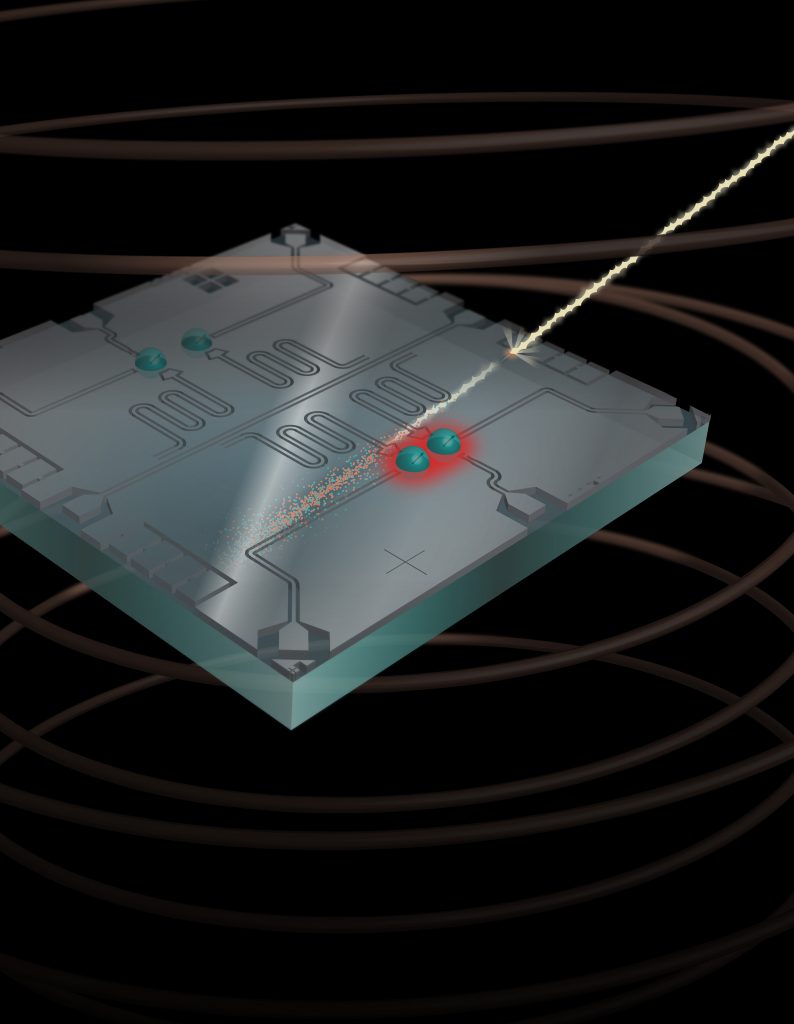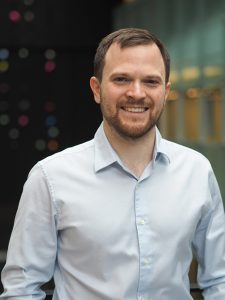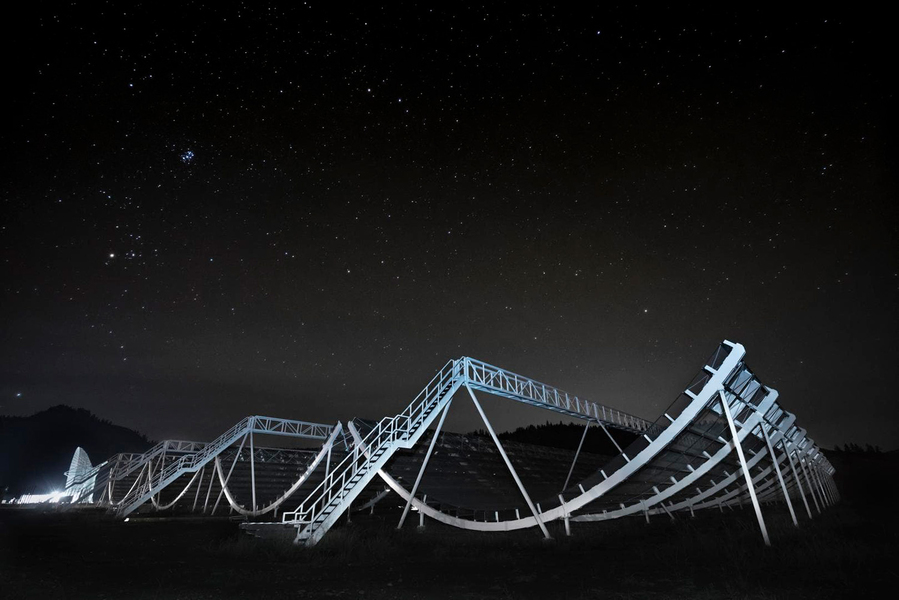A biography of Professor Sau Lan Wu was included as the cover story in a recent issue of the AIP History Newsletter (see pages 14-15). The story covers her early life in Hong Kong, her arrival in the U.S. to attend college at Vassar which she attended on a full scholarship, and into her graduate studies and subsequent research programs at MIT, UW–Madison and CERN. There is also a list of references / further readings. Check out the article to learn more about Prof. Wu’s illustrious career so far!
Month: June 2021
Physics projects funded in first round of UW’s Research Forward initiative
In its inaugural round of funding, the Office of the Vice Chancellor for Research and Graduate Education’s (OVCRGE) Research Forward initiative selected 11 projects, including two with physics department faculty involvement.
OVCRGE hosts Research Forward to stimulate and support highly innovative and groundbreaking research at the University of Wisconsin–Madison. The initiative is supported by the Wisconsin Alumni Research Foundation (WARF) and will provide funding for 1–2 years, depending on the needs and scope of the project.
The two projects from the department are:
- Compact and efficient terahertz optical modulators, Deniz Yavuz (PI)
- Integrated stellarator concept study for a new U.S. stellarator experiment at UW– Madison, John Sarff and Paul Terry (co-investigators)
Research Forward seeks to support collaborative, multidisciplinary, multi-investigator research projects that are high-risk, high-impact, and transformative. It seeks to fund research projects that have the potential to fundamentally transform a field of study as well as projects that require significant development prior to the submission of applications for external funding. Collaborative research proposals are welcome from within any of the four divisions (Arts & Humanities, Biological Sciences, Physical Sciences, Social Sciences), as are cross-divisional collaborations.
Correlated errors in quantum computers emphasize need for design changes
Quantum computers could outperform classical computers at many tasks, but only if the errors that are an inevitable part of computational tasks are isolated rather than widespread events.
Now, researchers at the University of Wisconsin–Madison have found evidence that errors are correlated across an entire superconducting quantum computing chip — highlighting a problem that must be acknowledged and addressed in the quest for fault-tolerant quantum computers.
The researchers report their findings in a study published June 16 in the journal Nature, Importantly, their work also points to mitigation strategies.
“I think people have been approaching the problem of error correction in an overly optimistic way, blindly making the assumption that errors are not correlated,” says UW–Madison physics Professor Robert McDermott, senior author of the study. “Our experiments show absolutely that errors are correlated, but as we identify problems and develop a deep physical understanding, we’re going to find ways to work around them.”
Read the full story at https://news.wisc.edu/correlated-errors-in-quantum-computers-emphasize-need-for-design-changes/

CHIME telescope detects more than 500 mysterious fast radio bursts in its first year of operation
This post has been modified from the original post, published by MIT News
To catch sight of a fast radio burst is to be extremely lucky in where and when you point your radio dish. Fast radio bursts, or FRBs, are oddly bright flashes of light, registering in the radio band of the electromagnetic spectrum, that blaze for a few milliseconds before vanishing without a trace.
These brief and mysterious beacons have been spotted in various and distant parts of the universe, as well as in our own galaxy. Their origins are unknown, and their appearance is unpredictable. Since the first was discovered in 2007, radio astronomers have only caught sight of around 140 bursts in their scopes.
Now, a large stationary radio telescope in British Columbia has nearly quadrupled the number of fast radio bursts discovered to date. The telescope, known as CHIME, for the Canadian Hydrogen Intensity Mapping Experiment, has detected 535 new fast radio bursts during its first year of operation, between 2018 and 2019.

Scientists with the CHIME Collaboration, including researchers at the University of Wisconsin–Madison, have assembled the new signals in the telescope’s first FRB catalog, which they will present this week at the American Astronomical Society Meeting.
UW–Madison physics professor Moritz Münchmeyer is a member of CHIME-FRB and contributed to the statistical analysis of the new FRB catalog. He joined UW–Madison this spring and a part of his new group is continuing this work, with the goal of using FRBs as a novel probe of the physics of the universe.
“This is only the beginning of FRB research. For the first time we now have enough FRBs to study their statistical distribution. It turns out that FRBs come from all over the universe, from relatively nearby to half way back to the Big Bang,” Münchmeyer says. “They are also quite frequent, about 800 per day if we were to see them all. They are extremely powerful light sources at cosmological distances and thus provide a new window into the physics of the universe.”
For the full story, please visit https://news.mit.edu/2021/chime-telescope-fast-radio-bursts-0609
